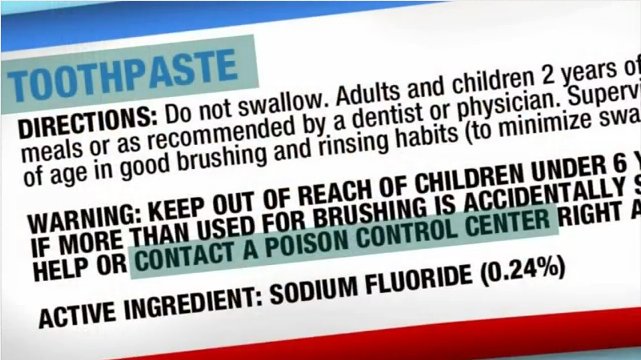
|
|
|
|||||||
| Return to Top |
Copyright © 2006-2014 Natural Healthcare Store
(Authorized trade name of parent company
A Heart of the
World, LLC
)
All Rights Reserved.
No part of this website may be reproduced or transmitted in any form or by any
means, electronic or mechanical, including photocopying, recording, or by any
information storage and retrieval system without written permission from the
copyright holder.
 |
 |
 |
 |
 |
 |